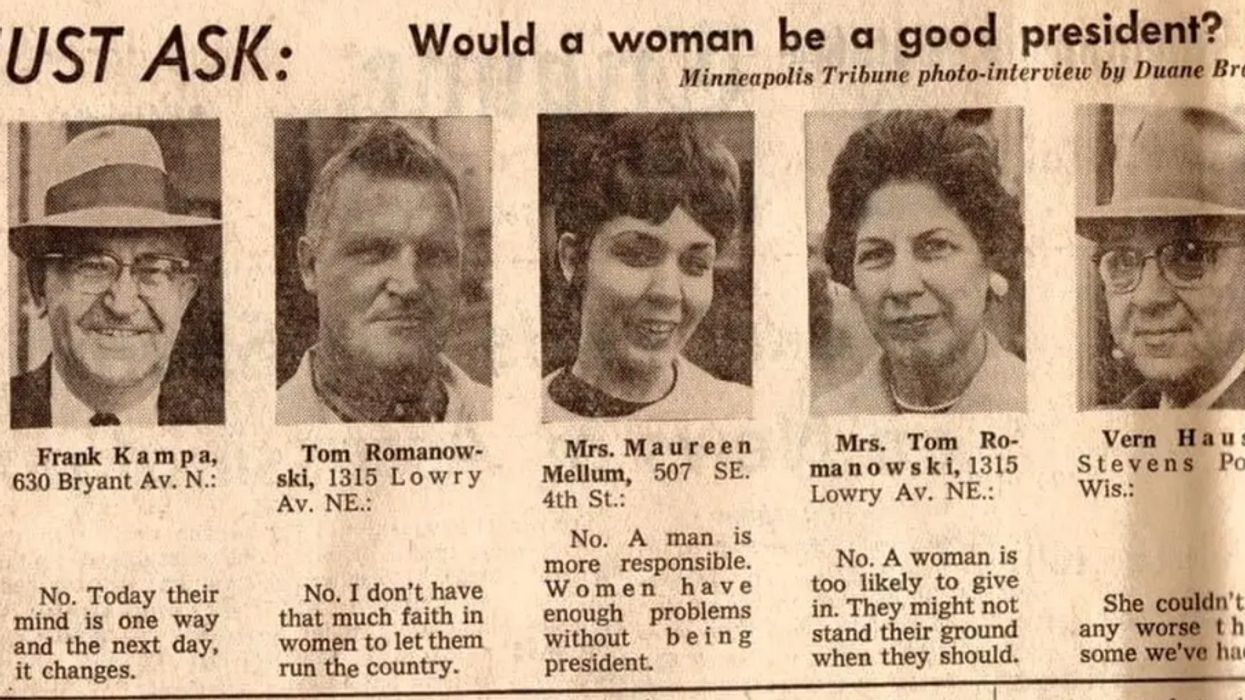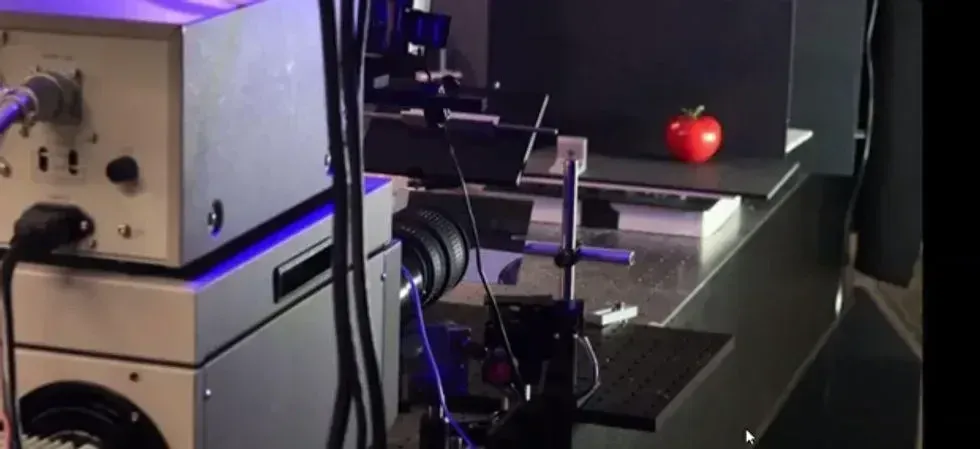In recent years, cities all over the world have seen citizens take it upon themselves to paint bike lanes, alter signage, convert unused land and infrastructure, and make other such “contributions” to the landscape. When I first began researching these kinds of informal urban design solutions in 2010, they were largely off the radar and rarely discussed as a singular trend. After an incredibly rapid rise into the public eye, the movement may truly be validated this week with the opening of the exhibition Spontaneous Interventions at the 13th Venice Architecture Biennale and an accompanying special issue of Architect magazine.
The International Architecture Exhibition of the Venice Biennale is a World’s Fair of architecture and design that has been occurring since 1980. This year the theme of the U.S. Pavilion is Spontaneous Interventions: Design Actions for the Common Good, curated by Cathy Lang Ho, Ned Cramer, and David van der Leer, and others. I was proud to join this team as a project research manager and catalog editor.
In exploring the themes of “improvisational, guerrilla, unsolicited, tactical, temporary, informal, DIY, unplanned, participatory, open-source” urbanism, the exhibit dramatically expands what we might expect to see at the Biennale. Alongside the lofty architectural auteurs sit our examples of innovative street furniture, crowd-sourced urban agriculture projects, and even guerrilla bike lanes. The GOOD Ideas for Cities project was featured as well.
Sure, the actions themselves, from early pop-up spaces to guerrilla gardening actions, have been happening for many decades—and in some sense centuries—and the current boom has developed over a decade. In 2010 just describing these things and defining the relevant terms was a daunting task, especially in academic social science where much of my work is directed. Even in the worlds of architecture and urban design, terms such as ‘guerrilla urbanism,’ ‘tactical urbanism,’ and ‘pop-up urbanism’ were hardly commonplace.
This has changed quickly though. By any name, informal, tactical, grassroots, and do-it-yourself urbanism has exploded in just the last couple of years. Websites and blogs (including this one) started giving these interventions increasing notice and connecting them as more than one-off happenings. Influential publications, like Tactical Urbanism, cultivated a conversation. Cities began to take notice of the potential, with Dallas’s grassroots Better Block project recognized as a national model. The once radical concept of pop-up parks and plazas gained acceptance at the civic level.
Of course terms and definitions do vary widely, inspiring thought-provoking debate, including among members of the Spontaneous Interventions curatorial team. I was especially pleased to see even some of the simpler and explicitly unauthorized projects from my research make it into the exhibition, including some of the most “guerrilla.” In addition to large-scale initiatives like 596 Acres in New York and Chicago’s City Farm, the show also spotlights the "Astoria Scrum River Bridge" by Jason Eppink and Posterchild, Ken Mori and Jenny Liang’s "Post Furniture" in Los Angeles, and the actions of many anonymous vacant lot gardeners and illegal bike lane painters around the country.
We had over four hundred submissions from highly skilled professional design teams, but some of the most exciting projects were those that we discovered in our research—interventions whose own creators (not to mention some members of our curatorial team) would never have expected to see in a prestigious international architecture and design exhibition. So what does this mean for an ostensibly grassroots, subcultural, occasionally transgressive trend?
Some may worry about the implications of so mainstream a forum for so ‘underground’ a movement. Others may even decry the formal showcasing of these informal actions. Others will simply question if the do-it-yourself, tactical, or spontaneous should be the subject of a plush international architecture and design show, or even a sociology dissertation.
Holding up these models of innovative, ground-up community improvement for celebration and critique, is important. Architect and urban designer John Cary writes in his contribution to the exhibition’s catalog that one way to judge the success of Spontaneous Interventions would be to look back in a few years and see it as an early stimulus of a “comparably high-profile showing of even more deliberate, permanent interventions that address the real needs of real people.”
I'm not sure we have to go even that far. These projects—maybe even the smallest or most transgressive—are suggestions-in-action of the types of changes that real people do want to see in their cities. Influential urbanists wandering the Biennale grounds this week may be introduced to them for the first time and who knows, all this attention might inspire more bike lanes and pocket parks—guerrilla or otherwise.















 TikTok · Bring Back Doors
TikTok · Bring Back Doors 



 Label for Middle Earth Organics' Organic Tomato & Porcini Mushroom Sauce
Label for Middle Earth Organics' Organic Tomato & Porcini Mushroom Sauce "Judith Beheading Holofernes" by Caravaggio (1599)
"Judith Beheading Holofernes" by Caravaggio (1599)